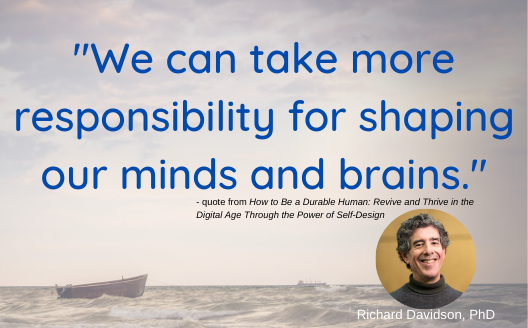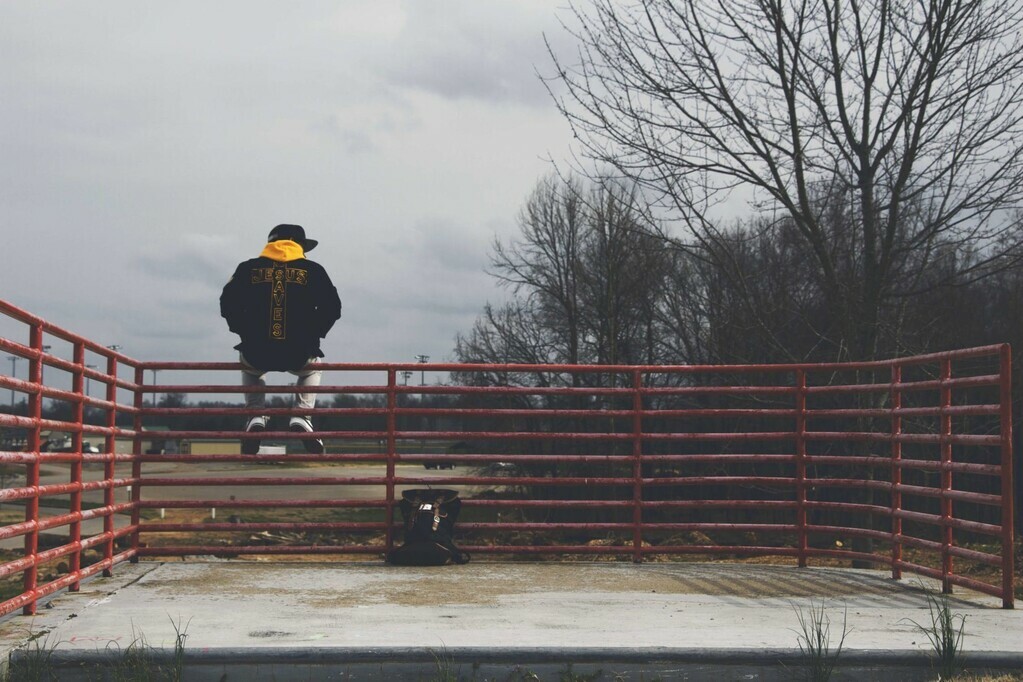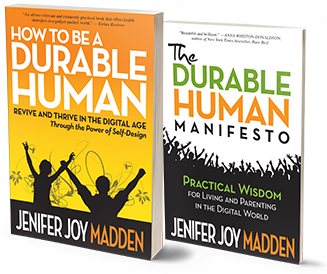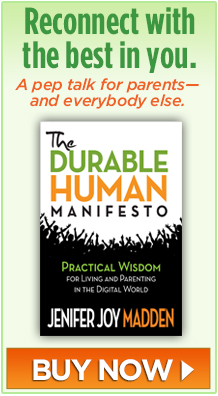
Spending a few minutes outdoors, chatting, and taking a nap are simple but powerful ways to fight stress, which has surged in the pandemic.
Between 2019 and 2020, stress levels of 8 in 10 adults shot upward, according to a Stress in America Harris Poll sponsored by the American Psychological Association. Family pressures have led to record levels of depression and anxiety among children, reports JAMA Pediatrics.
But neither adults nor kids need to grimace and bear it. There are lab-proven ways to cope.
Short-term versus Chronic Stress
Stress comes in two basics forms: short-term and longer-lasting, or “chronic.”
Short-term stress tends to go away. Like when your alarm goes off in the morning. You’re shocked at first, but once you get up and move on, you forget that initial jolt.
Longer-lasting stress is caused by longer-term life problems, such as financial strife or difficult relationships.
Left unchecked, stress can add up to major health problems. “When experienced over a long period of time, it has been linked with heart disease, diabetes and the spread of cancer, as well as other chronic diseases. And physiological responses can start young,” according to the journal Nature.
Yet, Nature concludes, “some people are remarkably resilient to these and other stressors.”
The X-factor is attitude.
How You Handle Stress is All in Your Head
Just as stress can hurt your health, a pro-active mindset can do the opposite. That’s according to University of Wisconsin-Madison psychiatry professor Richard Davidson, founder of the Center for Healthy Minds.

In life’s rough seas, Dr. Davidson says, we don’t need to be tossed around like a boat without a rudder. We can do something to steady our own emotions.
The Brilliance of Resilience Deposits

As the wiles of COVID have shown, life’s stressors are not going away. But we can choose how to respond.
Enter: Resilience Deposits, a concept developed by James Garrett, Founder and CEO of Brain by Design.
In studying peoples’ response to stress in the Brain by Design research lab, Mr. Garrett discovered that those who made 3 Resilience Deposits a day lowered their baselines of overall stress.
The Resilience Deposits were any of these:
- 10 minutes of meditation
- A 10-minute chat with a friend, family member, or colleague
- 20 minutes of exercise
- A 27-minute nap
- Writing down 3 things you are grateful for
- 10 unplugged minutes outdoors in nature
I asked Mr. Garrett about the 27-minute snooze. He says it takes an average of 7 minutes to fall asleep and wake up. Dozing for 20 minutes in between is “the best bang for your buck when it comes to taking naps.” His Resilience Deposits technique was among the most practical I learned in the Digital Wellness Institute certification program.
TEACH YOUR CHILD “SHARK FIN” – A MEDITATIVE LESSON FOR INNER CALM
Steering Children Toward Better Mental Health
In his 2021 Advisory, “Protecting Youth Mental Health,” U.S. Surgeon General Vivek Murthy recommends “empower[ing] youth and their families to recognize, manage and learn from difficult emotions.”
A good start is to teach kids how to steer their emotions in a positive direction.
Resilience Deposits are low-key activities that can be done at any age. They also align perfectly with a digital behavior management method developed by child and adolescent psychiatrist Clifford Sussman. The method is based on the brain chemical, dopamine.
When you take a walk, for instance, your brain produces only a small amount of dopamine because the activity takes time to do and doesn’t have an instant emotional payoff.
But activities like playing high-intensity video games and getting lots of Likes on social media are highly exciting, provide a sense of instant gratification, and produce high levels of dopamine.
Too much dopamine flooding the brain can lead to poor impulse control, compulsive behavior, and feeling bored with doing just about anything besides the stimulating activity.
Dr. Sussman teaches families how to find a balance between high- and low-dopamine activities. Read more about his strategies here.
Benefits of Nature
The Resilience Deposit of spending time in nature not only soothes the spirit, it boosts overall well-being.
More than 1,000 studies now point in that direction, writes social journalist Richard Louv, founder of Children and Nature Network. “Nature is not only nice to have, but it’s a have-to-have for physical health and cognitive functioning.”
In other words, simply going outside to soak up the sun and feel the breeze makes you more durable in body and mind.
Read more on Nature’s benefits, especially for kids.
About the author:
Jenifer Joy Madden is a certified digital wellness instructor, health journalist, a mom of three practicing durable humans, and author of The Durable Human Manifesto: Practical Wisdom for Living and Parenting in the Digital World and How to Be a Durable Human: Revive and Thrive in the Digital Age Through the Power of Self-Design.



